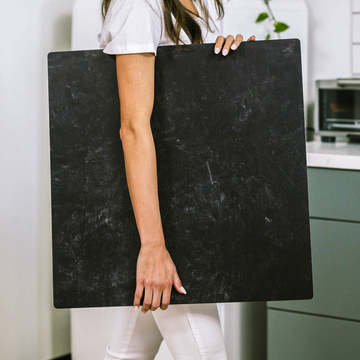What turns a casual glance at an image of food into a mouthwatering pause? It’s more than just bright colors or clever composition-it’s texture. Texture captures the crunch of rustic bread, the silkiness of panna cotta, or the shine of a perfect berry glaze. Yet, while most photography guides focus on editing tricks, the real alchemy happens long before you open your favorite app. The secret lies in how you use your surfaces and light to craft that tactile, tempting story.
You’ll often hear that you can “fix it in post,” but in truth, no filter or slider can recreate the look and feel of food texture if you didn’t capture it in the first place. Experiencing food is multisensory, and if you want your viewers to almost taste what they see, let’s dig into the little-known art of shaping texture on set-through strategic surfaces and carefully controlled lighting.
The Underestimated Power of Surfaces
A surface in food photography isn’t just a background-it’s an amplifier for the detail and mood of your subject. At Replica Surfaces, each backdrop is designed to function as more than a supporting player. It’s a tool with its own character and visual influence.
- Matte Finishes: Matte surfaces scatter light, exaggerating every morsel and crumb for dramatic effect.
- Glossy & Satin Finishes: Gloss-infused surfaces pick up glazes and syrups, giving foods an irresistible shine.
- 3D Textures: Wood grain or stone backdrops create micro shadows, anchoring your food and lending authentic depth.
- Color & Pattern: The right surface can echo your food’s tones-enhancing, rather than merely framing, your subject.
Sculpting Texture with Light
Natural light is a classic choice, but to carve texture that leaps off your images, you need to take control. Professional food stylists treat light direction and diffusion as precision tools:
- Low Side Lighting: Position your softbox or reflector at a low, side angle. This “rakes” the food, showcasing every bubble, crack, and glistening bite.
- Micro-Modifiers: Use small softboxes or black cards to spotlight or shadow specific textures-like the sticky gleam on a caramel swirl.
- Polarization: Filters and gels can minimize glare where you don’t want it, while protecting just the right amount of tempting shine.
Surface & Light: Practical Pairings
Here’s how you can combine these principles for specific food photography scenarios:
- Rustic Bread on Wood:
- Surface: Deeply grained wooden backdrop
- Light: Narrow softbox from the side, black card on the opposite for deepening shadows
- Result: Every crack and flourish of flour comes alive, and the surface reinforces that homemade story
- Panna Cotta with Berries on Marble:
- Surface: Polished, subtly marbled backdrop
- Light: Overhead softbox for even fill, gentle bounce from a white card for gentle gleam
- Result: The dessert glows, berries shine, and the atmosphere is pure sophistication
Pro Tactics for Irresistible Texture
- Rotate Your Surface: Angling your backdrop a few degrees can completely change how shadows and highlights bring out your food’s features.
- Match Color Temperatures: Align your lighting and surface hues for warmth on breads or cool grace on salads for a deliberate mood.
- Ultra-White Bounce: A hyper-reflective card can emphasize crispness-ideal for foods with delicate, light textures.
The True Secret: Texture Is Crafted On Set
If you want viewers to practically taste your creations, don’t leave texture until it’s too late. By treating your surface and light as creative partners, you’ll bring out the detail and dimension that can’t be faked in Photoshop. Thoughtful surface choice and expert lighting sculpt every crackle, sheen, and crumb exactly as you intend.
Ready to try it? Whether you’re looking for setup diagrams, real-world examples, or personalized recommendations for the best backdrops and modifiers in your home studio, we’re here to help.
Food texture isn’t an afterthought; it’s the heart of every great food photo. Plan it. Shape it. Make every shot a feast for the senses.



